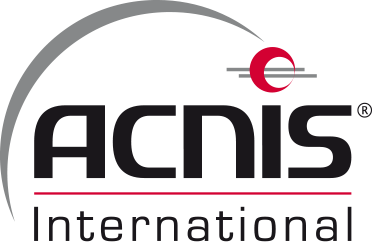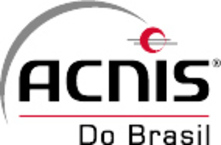Luxury
Why titanium?
Titanium is a metal that is particularly appreciated in the world of luxury goods, where it can be found in many forms (sheets, bars, plates, wire, powder for metal additive manufacturing, etc.) to manufacture complex, unique and design elements.
Thanks to its biocompatibility and the numerous surface treatments (thermal, chemical) that it can receive, it is a noble material to work with. Moreover, thanks to its low density, it’s often used in jewelry, watchmaking, jewelry and eyewear as a substitute for stainless steel.
- Excellent resistance to corrosion, oxidation and humidity
- Biocompatible
- Surface treatment possible
- Lightness, resistance, appearance
Acnis International is present in many sectors of the luxury industry
Titanium is often used to make rings, bracelets, pendants and necklaces. Because of its grey color, it can be easily combined with colored stones.
It is often used for piercings because of its biocompatibility and corrosion resistance. It is considered a safe material for piercings because it does not cause allergic reactions or infections. Its weight is 40% less than the one of stainless steels, making it more comfortable to wear.
Titanium grades 2, 5 and 23, as well as 316L 1.4441 and 1.4435, are mainly used in the jewelry industry for their resistance to corrosion and wear, as well as their appearance once polished.
Titanium is typically used in conjunction with other precious metals, such as gold and silver, to create quality jewelry.
In addition, it can easily be polished to a shiny finish and is available in a variety of colors to suit different styles and preferences due to natural corrosion achieved by electrolysis, which guarantees a color for many years without degradation.
Titanium is a very popular material in the watch industry because of its exceptional properties. It is very light, corrosion resistant and strong, making it an ideal choice for sports and diving watches.
Commercially pure and alloyed titanium (Grade 2, Grade 5, Grade 23) as well as alloyed steels such as 316L (1.4441/1.4435) have the advantage of very good machinability and a better result during surface treatments (thermal, chemical) and polishing.
Titanium is generally used for watch cases, case backs, rings, crowns, bridges, bracelet links and watch clasps (pin buckle, folding clasp, butterfly clasp). It is also used to manufacture internal parts such as wheels and pinions because of its resistance to wear.
Grade 2 and Grade 5 titanium are often used in luggage manufacturing, especially for suitcases and backpacks.
It is corrosion resistant, strong, durable and lightweight making it an ideal choice for luggage that is subjected to harsh conditions or is intended to last.
Titanium is commonly used to make the frames and hinges of suitcases and backpacks, as well as for certain fasteners, attachments and clips. It is also used to make buckles and handles for better grip.
Titanium grade 2 and Nitinol are also used in the manufacture of eyewear. Titanium eyewear is valued for its corrosion resistance, durability and light weight. Due to its low mass, titanium eyewear is also more comfortable to wear over a long period of time compared to other eyewear materials. In addition, titanium is hypoallergenic, so it is ideal for people who have allergies to the metals commonly used in eyewear manufacturing. Titanium can be colored through the process of natural anodization
It is a natural corrosion carried out by the principle of electrolysis, which allows to guarantee a color over several years without degradation.
Grade 2 and grade 4 titanium are used in cutlery to manufacture blades and handles. They are appreciated for their resistance to corrosion, their hardness and lightness. Titanium knives are also hypoallergenic and can be used by people who have allergies to metals commonly used in cutlery, such as stainless steel. Its strength makes it a durable material that can withstand temperature changes, water and impact without any problems.
Titanium is a common material used in architecture because of its corrosion resistance, durability and light weight. It is often used for facade cladding, roofs and building structures. Titanium is also used for support members such as beams and columns because it offers high compressive and flexural strength. Because of its high thermal conductivity, it is also used for solar panels and reflectors.
Titanium Grade 2, Grade 5 can be found in building structures and structures but also in colored plates for its decorative aspect and its resistance in time.
This colored aspect is obtained thanks to a natural corrosion carried out by electrolysis principle which makes it possible to guarantee a color over several years without degradation.
The anodizing process is quite common but to perform it on long sheets is a specificity of ACNIS International. (For architecture)
The durability of the color over time is quite unique, especially for buildings by the sea or on islands such as in Japan where salt degradation can alter the material.
Buildings have been built for several years without noticing any change in color such as the facade of the Guggenheim Museum in Bilbao, Spain, the “Ciudad del vino Marqués de Riscal” in Elciego, Spain or the “Tour de la Biodiversité” in Paris, France.






